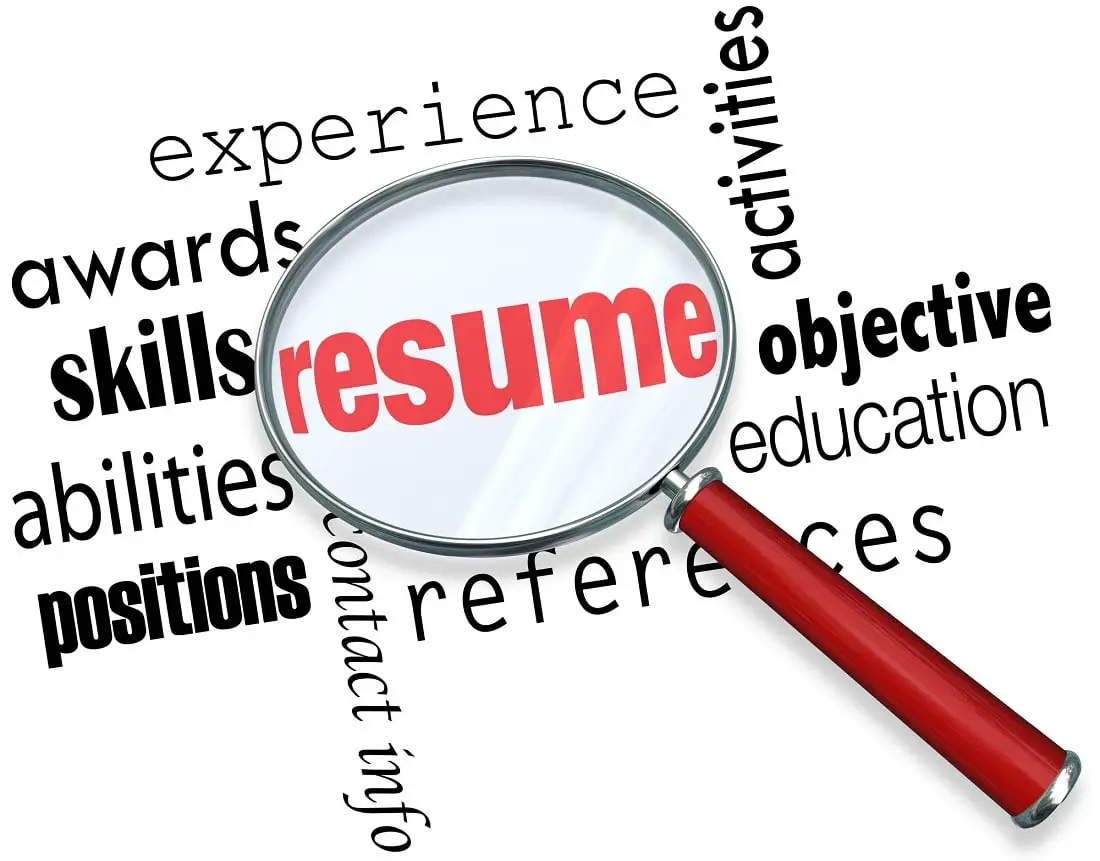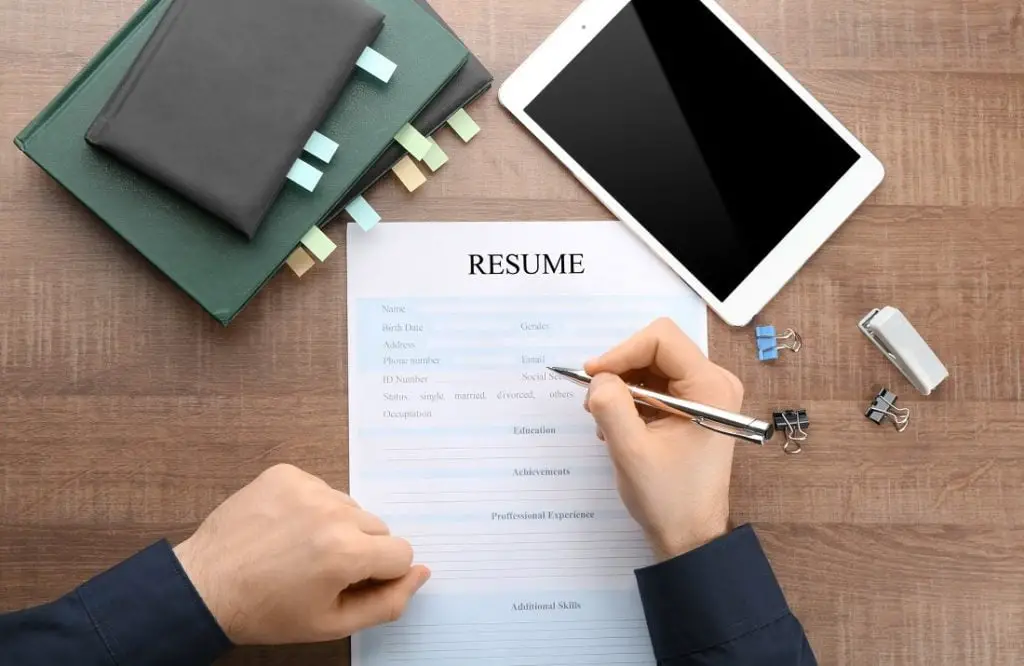Creating a resume can be challenging, but it is possible to create a compelling resume that will help you get the job you want with the right preparation and process. Use the steps outlined above to create your own resume, and be sure to tailor it to each individual job application. Then, with a little effort, you can create a resume that will make a positive impression on potential employers and help you land the job you want.
When it comes to creating a resume, there are many different considerations that you will need to take into account. Some of the key factors that will affect the success of your resume include the format, style, and content that you use.
Format
It is important to choose a resume format that will present your information in the best light possible. There are three common resume formats that you can choose from chronological, functional, and combination.
- Chronological –The chronological resume format is the most traditional and is typically used by those with a strong work history. This format focuses on your work experience, listing your jobs and associated dates in reverse chronological order.
- Functional –A functional resume format is a good option if you have gaps in your work history or if you are changing careers. This format focuses on your skills and abilities rather than your work experience.
- Combination – The combination resume format is a mix of chronological and functional formats. This format allows you to highlight both your work experience and your skills.
Style
Once you have chosen a resume format, you will need to decide on a resume style. There are two common styles that people use: traditional and modern.
- Traditional –The traditional resume style is more formal and conservative. This style uses standard fonts, such as Times New Roman, and includes a summary of your qualifications at the top of the page.
- Modern –The modern resume style is less formal and more creative. This style uses unique fonts and design elements to make your resume stand out.
Content
Finally, you will need to choose the right content for your resume. This includes your education, work experience, skills, and accomplishments. When writing your content, it is important to be specific and highlight your key achievements.
What is an effective resume?
Your resume is the first impression you make on a potential employer, and it’s important to put your best foot forward. A resume summarizes your work history, educational background, and skills that you have to offer. Creating an effective resume can help you stand out from the competition and land your dream job.
There are a few steps that you can take to ensure that your resume is as effective as possible.
- First, take the time to assess what skills and experience you offer.
- Next, research the company you are applying to and tailor your resume accordingly.
- Finally, proofread your resume before submitting it to ensure there are no errors.
How to Write a Resume: A Step-by-Step Guide
A resume is a document that provides an overview of your experiences and skills. The purpose of a resume is to get you an interview with a potential employer. A good resume can help you land the job of your dreams, while a poorly written one may send your application straight to the trash!
Follow these simple steps to write a great resume:
- Choose a resume format
There are many different ways you can format your resume. A few options include a chronological resume, an achievement-oriented resume, or a functional resume. Each format has advantages and disadvantages, so be sure to choose the one that will work best for you.
Decide which format you will use to create your resume. The three most common resume formats are chronological, functional, and combination.
- Add your name and address
Your name and address should be placed at the top of your resume. This allows you to be easily contacted by potential employers and proves that you are a resident of the country you are applying for jobs.
- Include a telephone number
Be sure to include a telephone number on your resume if an employer decides to contact you.
- Start with a resume summary or objective
A resume summary or objective is a brief statement that introduces you to the employer. It should be one to two sentences long and explain who you are, what you have accomplished, and your goals.
- Use strong action words
Use clear and concise language, and be sure to use plenty of action verbs. These will make your resume more engaging and memorable.
- Highlight your skills and accomplishments
Include information about the skills you have and any accomplishments you have achieved. This will show employers what you are capable of and help you stand out from the competition.
When listing skills on your resume, be sure to include any relevant to the job you are applying for. For example, if you are applying for a job as a receptionist, be sure to list your excellent customer service skills.
- Outline your work experience
Your work experience is one of the most important aspects of your resume. Be sure to list all past jobs, including the dates you worked, your job title, and a brief description of your duties.
- Education and qualifications
Include any relevant education and qualifications on your resume. This may include degrees, diplomas, or certificates.
- Include additional information
Depending on your situation, you may also wish to include other information on your resume. For example, if you have relevant volunteer experience, you may wish to include that.
- Gather your materials
Before you begin writing, gather all of the information and resources you will need to complete your resume. This may include your personal information, contact details, education, work history, skills and abilities, references, and any other relevant information.
- Write a draft
Start by writing a rough resume draft. This will help you to organize and structure your information clearly and concisely.
- Proofread and refine:
Once your draft is complete, take the time to proofread and revise your resume to be error-free and clearly articulate your qualifications and experience. Once you have finished writing your resume, proofread it thoroughly. Check for errors, and make any necessary corrections. This will help you ensure that your resume is as polished and professional as possible.
- Save and print
Be sure to save your resume in a format that will make it easy to share and print. You may also want to create multiple versions of your resume for different applications, such as a PDF or Word file.
Finally, send your resume to employers and recruiters who may be interested in your qualifications. With the right strategy and a well-written resume, you can increase your chances of landing an interview and, ultimately, a job.
Additional tips:
- Use simple, clear language and action verbs to describe your experience and accomplishments.
- Be strategic in what information you include and how you present it. For example, tailor your resume to the specific job or industry you apply to.
- Pay attention to formatting and design, as these can have a big impact on how your resume is received.
- Use proofreading and editing tools to ensure that your resume is free of errors.
- Consider having someone else review your resume for additional feedback and advice.
Conclusion
A well-written resume can help you get your dream job. So be sure to follow these simple steps to write a great resume!
If you are looking for additional guidance on creating a resume, there are many resources available online and in libraries. There are also professional resume writers who can help you create a winning resume.
With the right approach and preparation, you can create a resume to help you land your dream job.

